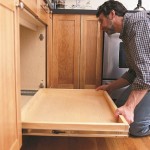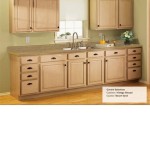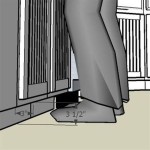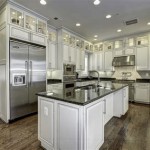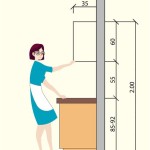Essential Aspects of Kitchen Cupboard Painting Techniques
Revamping your kitchen without breaking the bank? Painting your kitchen cupboards is an effective and budget-friendly way to transform the heart of your home. However, achieving a professional-looking finish requires careful preparation and execution. Here are essential aspects of kitchen cupboard painting techniques to guide you through the process.
Preparation: The Foundation of Success
Before diving into the painting, thorough preparation is crucial. Start by thoroughly cleaning the cupboard surfaces with a degreaser to remove any dirt, grease, or grime. Next, sand the surfaces lightly using fine-grit sandpaper to enhance paint adhesion. Wipe away any dust or debris to create a clean and smooth surface.
If your cupboards have any imperfections, such as dents or scratches, fill them using wood filler. Allow the filler to dry completely, then sand it smooth to match the surrounding surface. This step is essential for a seamless and professional finish.
Primer: The Unsung Hero
Primer is often overlooked, but it plays a vital role in ensuring a durable and long-lasting paint finish. Apply a coat of primer specifically designed for kitchen surfaces. This will create a barrier between the cupboard material and the paint, preventing stains from penetrating the finish.
Allow the primer to dry completely before moving on to the actual painting. The drying time may vary depending on the primer used, so refer to the manufacturer's instructions.
Paint Selection: Choosing the Right Weapon
The type of paint you use can significantly impact the outcome. For kitchen cupboards, opt for a durable semi-gloss or gloss paint designed for cabinets. These paints resist wear and tear, making them ideal for high-traffic areas like kitchens.
Consider the color and finish carefully to complement your kitchen's style and décor. Test the paint color on a small area first to ensure you're satisfied with the result.
Painting Techniques: The Art of Application
Use a high-quality brush or roller for an even and smooth finish. Apply thin, even strokes in the direction of the wood grain. Avoid overbrushing, as this can lead to brush marks or uneven coverage.
Allow each coat to dry completely before applying the next. This will prevent smudging or peeling and ensure a durable finish. Apply two to three coats of paint, depending on the desired opacity and coverage.
Hardware and Finishing Touches
Once the paint is dry, reattach the hardware, such as handles and knobs. Replace any hinges or drawer slides that may have been damaged during the painting process.
Clean the painted surfaces with a damp cloth or sponge to remove any dust or dirt. Apply a light coat of polyurethane or varnish to protect the finish and extend its lifespan.

How To Paint Kitchen Cabinets In 7 Simple Steps

How To Paint Kitchen Cabinets In 7 Simple Steps

How To Paint Kitchen Cabinets Best Color Ideas Cost

How To Paint Kitchen Cabinets
:max_bytes(150000):strip_icc()/DearLillieCabinets-5c64643b46e0fb0001f090ca.jpg?strip=all)
30 Painted Kitchen Cabinet Ideas

How To Paint Kitchen Cabinets Benjamin Moore

5 Tips For Painting Melamine Cabinets Real Milk Paint Co

Tips On How To Paint Kitchen Cabinets Cherished Bliss
:strip_icc()/101671998-27cdf40f639448d0a56ff6c7eab609d7.jpg?strip=all)
Expert Tips For Painting Oak Cabinets

Cabinet Refinishing Guide
Related Posts

